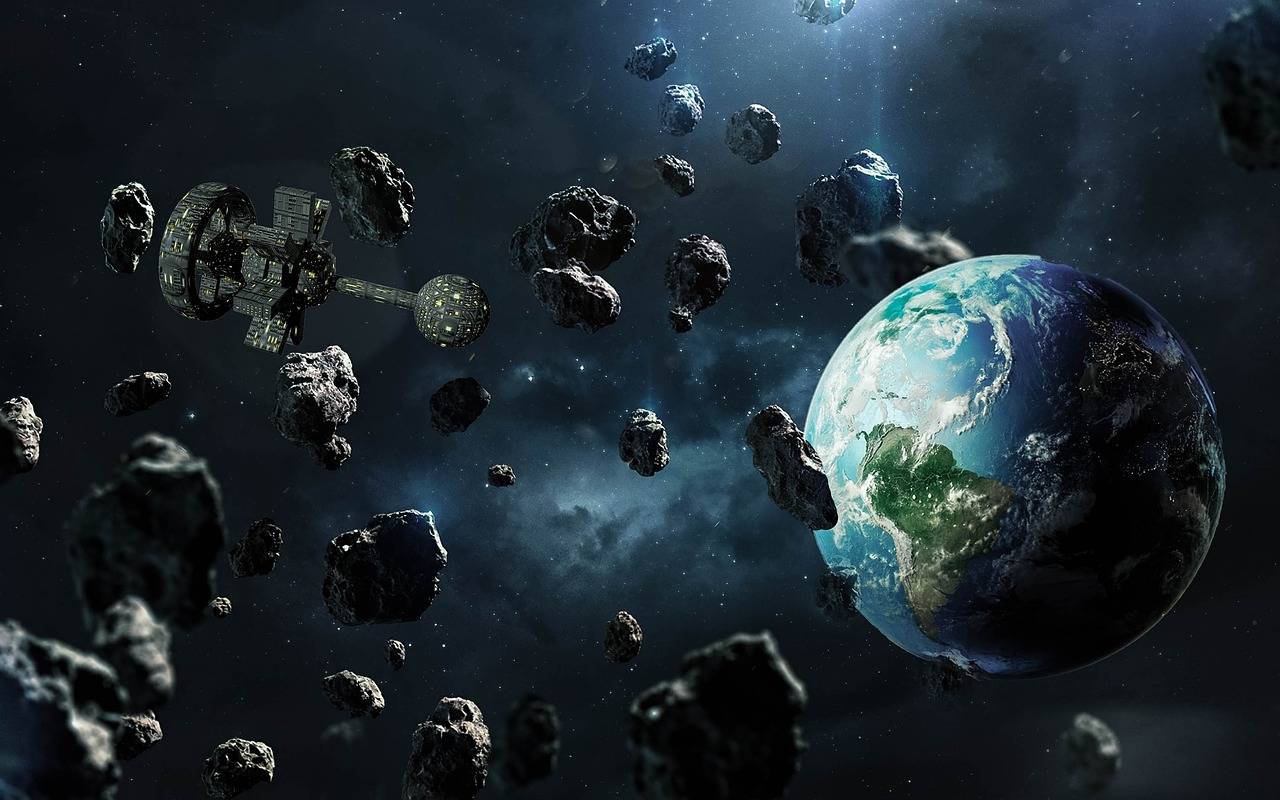
National Asteroid Day is an annual event observed on June 30th to raise awareness about the importance of tracking and studying asteroids and to promote efforts to protect Earth from potential asteroid impacts. This international initiative serves as a reminder of the potential dangers posed by https://en.wikipedia.org/wiki/Asteroid#:~:text=An%20asteroid%20is%20a%20minor,almost%201000%20km%20in%20diameter. and the need for collective action to mitigate the risks associated with them.
Origin and Significance:
National Asteroid Day was officially launched on June 30, 2015, on the anniversary of the Tunguska event—a massive explosion caused by the impact of an asteroid or comet in Siberia, Russia, in 1908. The event, which flattened an estimated 80 million trees over 2,000 square kilometers, serves as a poignant reminder of the destructive power of asteroids.
The day holds global significance as it brings together scientists, researchers, educators, and concerned citizens from around the world to educate and engage the public on the subject of asteroids. It aims to foster collaboration, encourage scientific research, and develop strategies for planetary defense.
Raising Awareness:
National Asteroid Day plays a vital role in raising public awareness about asteroids and the potential risks they pose to our planet. Through various educational initiatives, public outreach programs, media campaigns, and events, it seeks to promote a better understanding of asteroids and their impact on Earth.
The day encourages discussions and promotes scientific research on asteroids, including their origins, composition, orbits, and potential impact scenarios. By sharing information and resources, National Asteroid Day aims to empower individuals and communities with the knowledge to make informed decisions and support efforts to protect our planet.
Scientific Advancements and Asteroid Detection:
Significant progress has been made in recent years in detecting and tracking asteroids. Advanced telescopes, ground-based observatories, and space missions have greatly improved our ability to identify near-Earth objects (NEOs) and determine their characteristics, including size, shape, composition, and trajectory.
Space agencies such as NASA, ESA, and other international partners are actively involved in asteroid detection and monitoring programs. These initiatives enable scientists to compile comprehensive catalogs of known asteroids and assess their potential risk to Earth. The information gathered is crucial for developing strategies for early warning, impact prediction, and possible mitigation measures.
Mitigation Strategies and Planetary Defense:
National Asteroid Day serves as a platform to discuss and explore various strategies for mitigating the potential hazards posed by asteroids. Efforts are focused on developing techniques to alter the trajectory of potentially hazardous asteroids and prevent them from colliding with Earth.
Some proposed methods include kinetic impactors, which involve striking an asteroid with a spacecraft to change its trajectory, and gravity tractors, which use the gravitational pull of a spacecraft to slowly deflect an asteroid's path over time. Other ideas include using solar sails, lasers, or nuclear devices to alter an asteroid's course.
Collaboration and Future Outlook:
National Asteroid Day encourages international collaboration and cooperation among governments, space agencies, scientific organizations, and the general public. It emphasizes the importance of sharing knowledge, resources, and technologies to address the global challenge of asteroid impacts.
Through collaborative efforts, such as the International Asteroid Warning Network (IAWN) and the Space Mission Planning Advisory Group (SMPAG), countries and organizations work together to improve our ability to detect, track, and mitigate potential asteroid threats.
National Asteroid Day serves as a crucial reminder of the importance of understanding and protecting our planet from potential asteroid impacts. By raising awareness, promoting scientific research, and fostering international collaboration, this initiative encourages us to take collective action to mitigate the risks associated with asteroids. As we continue to study these cosmic objects and develop advanced technologies, we move closer to a future where Earth is better prepared and protected from the potential hazards of the cosmos.
















